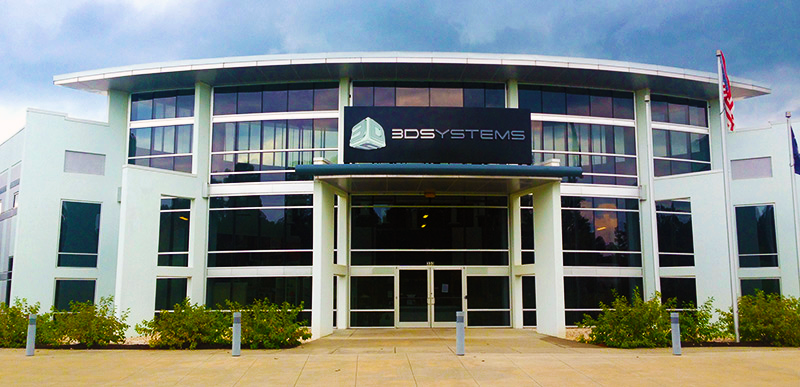Additive manufacturing (AM) pioneer 3D Systems (NYSE: DDD) has announced key changes to its executive leadership team, another move in the strategic shift of its operations. The company has appointed Jeffrey Creech as the Executive Vice President and Chief Financial Officer, and Harriss Currie as the President of Regenerative Medicine, a new role within the company.
With 25 years of experience in various leadership positions, Jeffrey Creech’s previous role was Senior Director at the Finely Group. This is worth noting, given that Finely specializes in advising underperforming companies on managing financial challenges, including cash flow management, debt restructuring, cost rationalization, and strategic realignment, to improve operations and profitability in a competitive and volatile business environment. For this reason, it seems that Creech is being brought in partially to help with 3D Systems’ restructuring initiatives and improve overall management.
Harriss Currie, with 30 years of experience in executive leadership, particularly in building emerging businesses, will spearhead 3D Systems’ ambitious regenerative medicine initiatives. His extensive background includes a two-decade tenure at Luminex Corporation, where he played a crucial role in the company’s growth from startup to a substantial enterprise. Luminex is a biotechnology firm that develops, manufactures, and markets advanced biological testing technologies, including xMAP and MultiCode, for use in drug development, clinical diagnostics, genetic analysis, and research. It is a subsidiary of the larger, publicly traded healthcare company DiaSorin, which makes diagnostic tests for a range of clinical areas, such as infectious diseases, cardiology, oncology, endocrinology, and autoimmune diseases.
These appointments come at a time when 3D Systems is navigating through a period of financial challenges and strategic redirection. The company’s recent financial reports reveal a pattern of decreasing total revenue and net income over the past few years, alongside operational changes. These include a potential sale of its Oqton software business, indicating a shift in focus to streamline operations and concentrate on more profitable or core areas.
3D Systems’ initiative to reduce its workforce by about 6 percent, primarily in corporate and support roles, further underscores its efforts to optimize operations. These measures, along with in-sourcing the manufacturing of some metal 3D printers, aim to improve cycle times and co-locate engineering and manufacturing, potentially enhancing efficiency.
The company’s financial performance in the third quarter of 2023 reflected these challenges, with a 6.4% decline in revenue compared to the previous year, primarily due to difficulties in the dental orthodontics markets and production printer sales. CEO Jeff Graves attributed this to macroeconomic and geopolitical uncertainties, which have led customers to delay capital spending on new production capacity. Despite this, the company saw an improvement in gross profit margin and adjusted EBITDA, thanks to operational efficiencies and cost optimization. Interestingly, its stock price has nearly doubled since the end of October, before the Q3 numbers were released.
Looking ahead, 3D Systems has laid out an ambitious technology roadmap, planning to introduce a range of new printers, materials, and accessories by the end of 2024. This includes high-temperature polymer and metal materials, expanding customer applications in sectors like rocketry and shipbuilding. Despite current headwinds, the company remains optimistic about the future, expecting long-term growth for both 3D Systems and the broader 3D printing industry.
The restructuring initiative, aimed at saving up to $55 million by 2024, involves optimizing operations, headcount reduction, cost reduction with third-party contracts, and rationalizing geographic locations. While the appointment of Currie will likely serve to enhance the fast-growing regenerative medicine division of 3D Systems, Creech as the larger business’s new CFO demonstrates 3D Systems’ commitment to this restructuring initiative. Like many of the publicly traded companies in the AM sector, 3D Systems hasn’t had the easiest time, but these executive choices should help it recover from the current macroeconomic environment.
